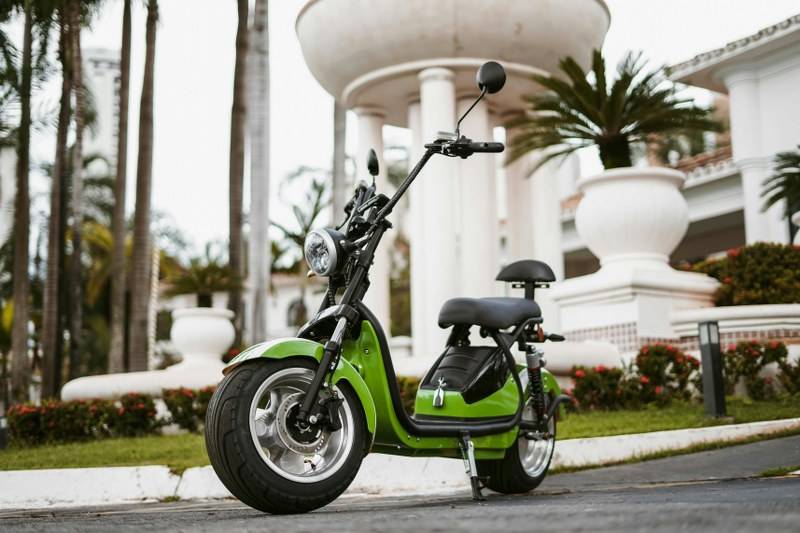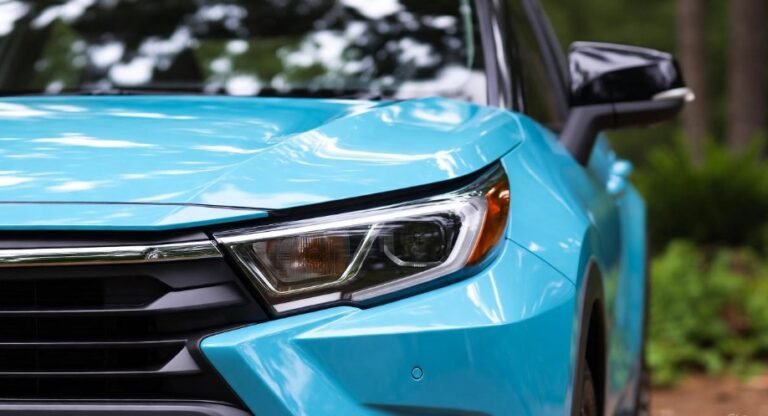How does a plug in hybrid electric vehicle work?

How does a plug in hybrid electric vehicle work? It is abbreviated as PHEVs. An electric motor uses batteries to power it. PHEV batteries are wall outlets. Or they are using charging equipment. It can be charged by braking by ICE.
In This Article
How does a plug-in hybrid work?
PHEVs have an electric motor and other fuel. PHEV batteries use charging equipment. It can be charged by braking by ICE. The vehicle then switches on to use the ICE to drive automatically.
A plug-in hybrid electric vehicle. A petrol or diesel internal combustion engine combines the power of an electric motor. The vehicles can use pure electric power for about 20 to 50 miles. No pollutants are emitted from the exhaust.
Types of plug-in hybrid electric vehicles:
How does a plug in hybrid electric vehicle work?
Once used in an electric-only range. An intelligent hybrid system is employed. PHEVs are a household electrical outlet. It must be connected to a designated charging station. The PHEV may be of interest at times for an electrified driving experience—types of electric vehicles. There are four types of electric cars available:
- Battery Electric Vehicle: It is powered entirely by electricity. They are more efficient and effective than hybrids and plug-in hybrids.
- (HEV) Hybrid Electric Vehicle: Vehicle powered by internal combustion engine and battery. The motor powertrain uses both. Driving a car with a petrol engine when the battery is empty. I have to charge. These vehicles are not as efficient as full plug-in hybrid vehicles.
- (PHEV) Plug-in Hybrid Electric Vehicle:
This battery uses both. They have a plug. Electricity instead of the engine can charge car batteries. PHEVs are more efficient than HEVs. But less efficient than BEVs
- (FCEV) Fuel Cell Electric Vehicle: Electrical energy is generated from chemical energy.
Plug-in hybrid vs electric:
Drivers choosing hybrid vehicles want something like that, which is equal parts efficient and intuitive. It combines an internal combustion engine with a high-capacity battery. Traditional hybrids maximise gas mileage. And allows for reduced fuel consumption. We still need to fill the pump. One never has to worry about plugging in a recharge, which does not have a garage.
Conclusion:
How does a plug in hybrid electric vehicle work? Using braking and internal combustion engine setups while driving. The car will regenerate some charge. Being a hybrid also ensures the vehicle can switch to the conventional engine when the battery runs out. Plug-in hybrids have many advantages, especially for someone looking for an efficient, low-emission car. But I’m unsure if it can jump to fully electric vehicles.
Plug-in hybrids are ideal for them. Many people look for more ranges in their batteries. It still offers petrol or diesel, which requires a long journey. They offer low running costs. Bigger batteries provide more miles on electric power. Saves fuel.
FAQ:
What is the disadvantage of a plug-in hybrid?
Ans: Plug-in hybrid electrics offer a unique mix. Which is flexibility and low emissions. Provides fuel consumption potential. These are higher upfront costs, among other disadvantages. Comes with increased complexity and limited electrical range.






